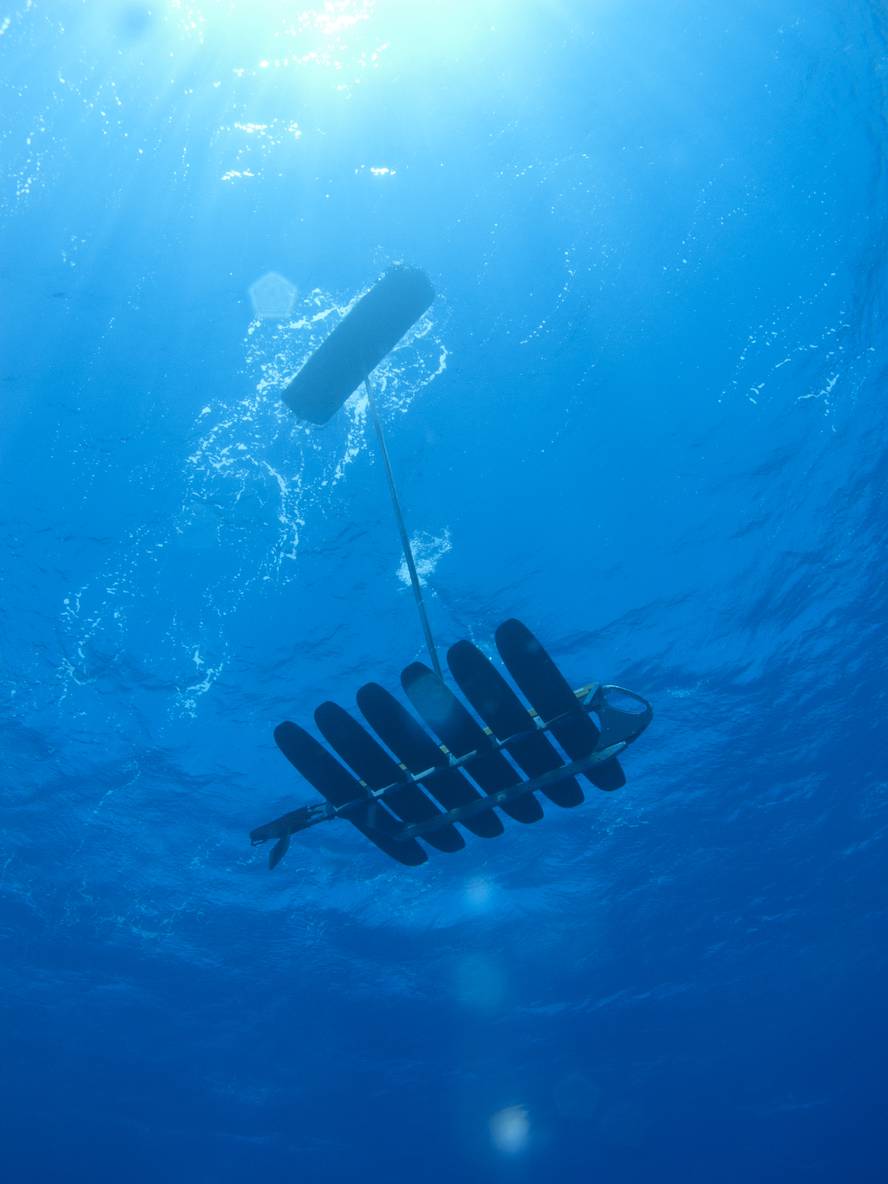Marine robots crossing the Pacific
The marine robot Papa Mau has just arrived in Queensland, Australia, after 365 days at sea, after leaving San Francisco (USA). This is a 16.668 km trip, the longest in the history of an autonomous vehicle, according to the American company Liquid Robotics, creator of the robot.
But this record length was not the main objective of this trip. “We launched these trips across the Pacific to demonstrate not only that these robots were able to survive on the high seas and make a long journey, but above all that they are able, even in the farthest place, to receive and send oceanographic data in real time,” says the director of Bill Vass Liquid Robotics. Robots carry different devices to measure water temperature, salinity, fluorescence, oxygen, waves, etc. Thus, for example, Papa Mau has measured in this trip a phytoplankton of 1,200 km.
Three other robots like Pap Mau were also embarked. It is known as the wave glider. Two linked parts, one on the surface of the sea and one under water, a few meters below. And thanks to this structure they advance taking advantage of the movement of the waves. The second robot, Benjamin, is expected to arrive in Australia at the beginning of the following year, and the other two are heading to Japan, although one of them is retreating to Hawaii because it needs some repairs.





